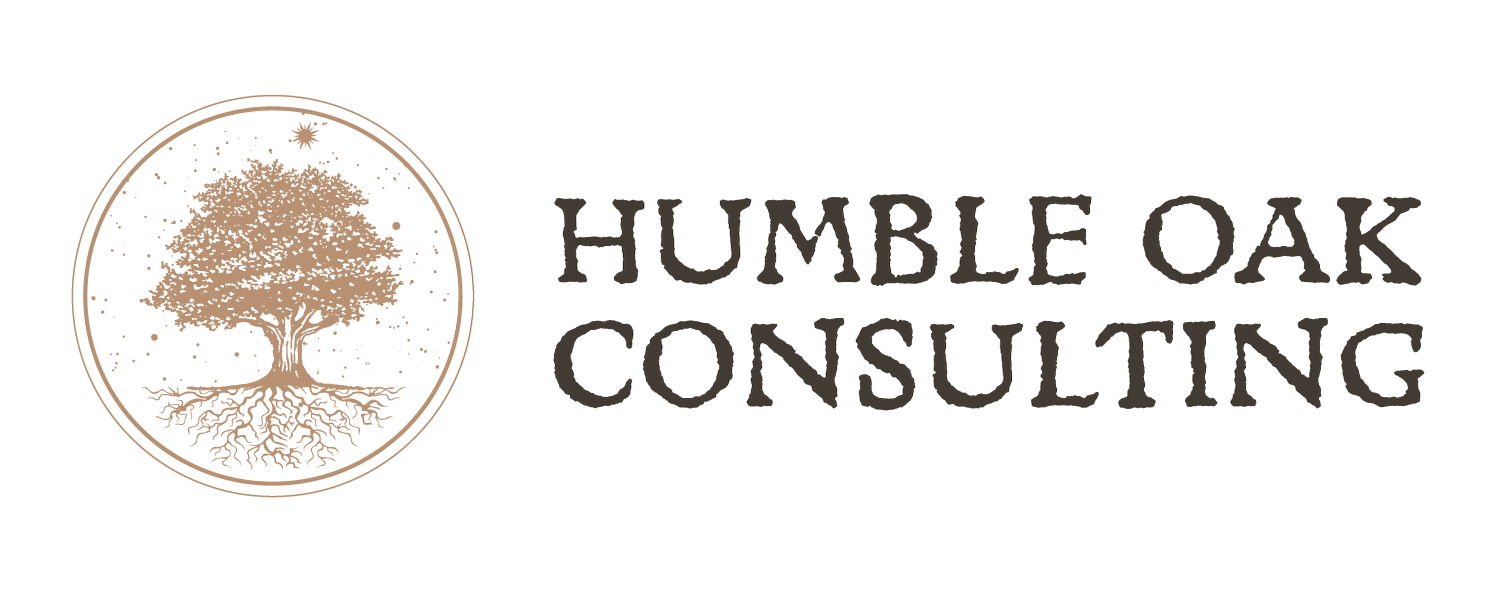Earth Day: An Opportunity to Reflect
https://masshumanities.org/
I have spent the last several weeks contemplating the ways in which honoring Mother Earth is a DEI issue.
As those who know me can attest, one of my favorite things to do with my free time is go outside. I garden, hike with my dog on the Appalachian Trail, swim in the Connecticut River, and ride bareback through the woods with my sister atop one of her rescue ponies. It wouldn’t be an exaggeration to say that since I started my business I’ve been trying to unite my values for diversity, equity, inclusion, and liberation with my love of the outdoors.
On Earth Day, I want to look at this relationship from both angles. How can we understand environmentalism through DEI? And how can we understand DEI through environmentalism? Each end of the spyglass holds insights.
Environmentalism through a DEI Lens
We need our basic needs met in order to survive and thrive.
One goal of environmentalism is access to clean air and clean water. But if you remember reading about the water in Flint, Michigan, you remember one of many examples of what we call environmental racism. Environmental racism happens when “communities of color are force[d by policies and practices] to live in proximity to sources of toxic waste.” (World Economic Forum) The term was coined in the 1980s after a small, predominantly Black Community in Warren County was chosen as the site for a hazardous waste landfill. These two examples represent situations in which the government was responsible for exposing Black and Brown bodies to toxic waste, but there are untold examples of industry doing so, too. The EPA found that race, more than class, is the number one indicator of how vulnerable someone is to climate change. “Black people are exposed to 1.5 times more particulate matter than white people and Black children’s rates of heart disease and asthma are double those of white children.”
https://detroitenvironmentaljustice.org/
Another goal is to reduce global warming. This goal is important for many reasons (polar bears, seals, etc.), but relevant to this conversation because communities of color are disproportionately impacted by extreme heat and devastating floods (USC, 2009). Heat islands, created when concrete, asphalt and other building materials absorb heat and there are few trees to provide shade, exacerbate these temperature increases. This issue is most likely to impact the elderly, people with existing medical conditions, people who are homeless and people with mobility issues.
Beyond shelter, we rely on our environment for food to eat. Fresh, unprocessed food is often best for us but access to that food is often directly correlated to our income and/or land ownership. In 2016 the NIH found that Black and Brown families were twice as likely to be food insecure as white families. You may have heard of food deserts, but did you know that there are “substantially more liquor stores” in Black neighborhoods than white ones?
Spending time outside makes us healthier— both physically and mentally. One of the reasons I personally love the outdoors is because it gives me a chance to look up— not down at a phone, but around at the amazing miracle of life and seasons. But the US has fewer outdoor spaces near where Black, Latino, and Asian American people live. Add onto this that not all of us can feel safe outdoors. In the words of Wawa Gatheru, “Black and Brown bodies have often been criminalized in wilderness spaces, dating back from slavery to undocumented people working in fields today.”
DEI through an Environmental Lens
Biodiversity is necessary for earth to remain a habitable planet.
Biodiversity, the huge variance in life forms and species throughout earth’s history, has historically allowed life on earth to survive environmental shocks and adapt to the conditions of different eras. Biodiversity allows an ecosystem to gradually take conditions that may be problematic and temper them, as with trees absorbing carbon dioxide. The Guardian explains biodiversity this way: “it represents the knowledge learned by evolving species over millions of years about how to survive through the vastly varying environmental conditions Earth has experienced.”
https://www.rainforest-alliance.org/
Some scientists believe that we are in a sixth mass extinction. “By weight,” says Damian Carrington, “97% of the world’s vertebrate land animals are now either humans or our farm animals – just 3% are wild.” Most of us have heard of “Save the Bees” but not many of us have heard of the fungi that grows on sloths that can cure cancer. Without these creatures, holes are left in our environment that cause untold failures and we inadvertently deny ourselves the interdependence that makes life beautiful and better. When we focus only on human life or animals we eat, we are “burning the library of life.”
Maybe our spiritual, communal world is like this too. Without diversity of thought and diversity of life experience, this finely tuned habitable planet of ours would be left with holes. Many of us are adapting to the changing conditions of life on earth to remain in balance. How can we do so with reverence to the other beings we share this space with, with faith that we all support each other’s survival in tiny, essential, and invisible ways?



